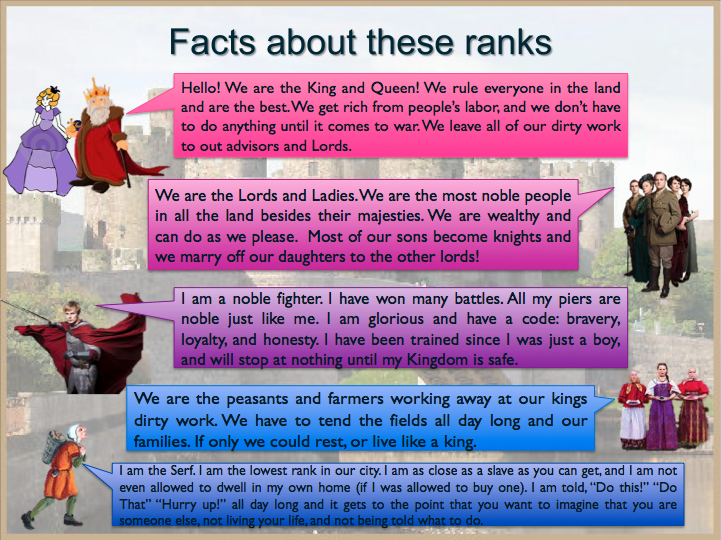The Legacy of the Roman Empire and the Middle Ages in the West
https://en.wikipedia.org/wiki/File:EuropeNationsByReligion_1097_Shepard%27s_europe_mediterranean_1097.jpg
The beginning of the Middle Ages followed the fall of the Western Roman Empire marking the end of the period of classical antiquity. This transition marked the end of the period of classical antiquity and ushered in a new era in world history. Three civilizations emerged as successors to the Romans: (1) the Byzantine Empire (in many ways a continuation of the Eastern Roman Empire), (2) Islam, and (3) Western Europe. These three civilizations would become rivals and adversaries over the course of the succeeding centuries. They developed distinct religious, cultural, social, political, and linguistic characteristics.
Western Europe
Of all three civilizations (noted above) Western Europe started off as the least powerful and likely to thrive. Western Europe’s culture blended Germanic languages with a Judaeo-Christian belief in faith and monotheism, and it maintained several customs from the classical period, such as its political and literary traditions and a philosophical emphasis on reason.
Scholars divide the Middle Ages into three eras: the Early Middle Ages (400–1000), the High Middle Ages (1000–1300), and the Late Middle Ages (1300–1500).

https://commons.wikimedia.org/wiki/File:Vil%C3%A9m9.jpg (please wrap text)
Development of western Europe: The development of Western Europe changed over the course of the Middle Ages. Throughout the entire period (500–1500), Western Europe was united by a common religion (Christianity) and a common language among the educated (Latin). Vernacular languages spoken throughout Europe primarily stemmed from Latin or Germanic roots. By the High Middle Ages (1000–1300) Western Europe had moved from a region of small and weak economies and governments to a strong and expansionist civilization.
The Early Middle Ages (400–1000) – The Dark Ages
The Early Middle Ages was a time of prosperity and growth for the Byzantine and Islamic civilizations. Western Europe, on the other hand, produced very few literary, artistic, or cultural creations, which is why the period has been referred to as the “dark ages.” The early portion of this period was an extremely violent phase for Western Europe. Consistently under threat of invasion from external forces, such as the Byzantines, Slavs, and Scandinavians, there was also no shortage of internal hostility and bloodshed.
(referred to by the Romans and Saylor URL: www.saylor.org/courses/hist201/#1 Unit 1 The Saylor Foundation Saylor.org
By the end of the Early Middle Ages, Western Europe began to stabilize politically and economically. Charlemagne’s appointment as emperor in 800 CE by Pope Leo III fostered a revival of the politics, culture, and society of Western Europe. primarily undertaken by elite scholars and clergymen in Charlemagne’s court. The feudal system was introduced to Western Europe, during the middle ages contributing to agricultural stability and prosperity. It developed as a form of social,

http://datascholars.blogspot.com/2013/03/hierarchy-pyramids-feudalism-in.html (wrap text)
political, and economic organization after the fall of the Carolingian dynasty. Its basic structure resembled a small kingdom, with the primary emphasis on the relationship between lords, vassals, and the peasantry. The lord, roughly defined as a nobleman, owned a large piece of land (comparable to an average present-day county). He would then grant parcels of land (called fiefs) to knights or vassals. The vassal, or Lord of the Manor, would then divide up his land further and allow peasants to live on it in exchange for their labor. This relationship formed the basic principles of manorialism, the major social and economic component of feudalism. Serfdom emerged during this same time as well, as the condition of bondage of peasants under manorialism specifically and feudalism more broadly.
The High Middle Ages (1050–1300) Social and economic development
These agricultural and economic effects of feudalism led to a new phase in Western European history, producing an enormous increase in Western Europe’s food supply and population growth. The High Middle Ages also saw an increase in trade. After the Italians defeated the Muslims, trade through the Mediterranean and long-distance trade became available for Western European merchants. The Italian cities were at the forefront of this revived commercial activity. Similar advances in commerce were also taking place in Scandinavia between the British and French.
The development of medieval towns produced a new socioeconomic class that operated outside of the traditional feudal structure. This new class comprised merchants and skilled artisans who were an intricate part of this new commercial revolution.
Governing and politics
Politically, the High Middle Ages saw national monarchies in England and France. In 1066 William the Conqueror, Duke of Normandy, invaded England bringing feudalism to help centralize the state. By the thirteenth century England developed the origins of a parliamentary government, symbolized in many ways by the Magna Carta (1215), which limited the power of the king.
The French state evolved in the opposite direction politically, as it started to lay the foundation for absolutism, which bestowed the king with absolute power. Germany and Italy failed to unify and create national monarchies. Instead, they evolved into divided and smaller distinct territorial units.
The Holy Roman Empire was arguably the strongest and most highly centralized governing body in Europe and an extremely strong and influential presence with the creation of new monasteries throughout Europe. The Crusades also occurred during this period (from 1095 to 1272), resulting in increasing financial and military power of European kings and new trading routes and opportunities for European merchants.
The Late Middle Ages (1300–1500)
The majority of the Late Middle Ages was marked by tragedy, chaos, and crisis. Food shortages and famine ravaged Western Europe in the first decades of the fourteenth century. there was extreme inflation and an increase in taxes leading to peasant uprisings in France and England. However, the primary cause of death and devastation in the fourteenth century occurred as a result of the bubonic plague, or the Black Death (1348–1350). wiping out one- quarter to one-half of the population in a matter of two to three years.